The Four Blind Mice At the Cliff March 15, 2016
Doug Wakefield
“They Keynesian economists urge adoption of a “managed
currency” and various forms of government intervention in the economic life of
its fellow citizens. The idea is that government should supply an economic
wisdom that private enterprise lacks or is unable to use. But even these
economists see the uneconomic results of the government intervention which they
advocate….Can government ever supply private enterprise with an economic wisdom
which it would otherwise lack?” – Away
From Freedom (1952) Vervon Orval Watts, pg 70
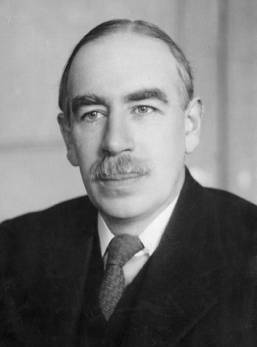 “Lenin is said to have declared
that the best way to destroy the Capitalist System was to debauch the currency.
By a continuing process of inflation, governments can confiscate secretly and
unobserved, an important part of the wealth of their citizens….As the inflation
proceeds and the real value of the currency fluctuates wildly from month to
month, all permanent relations between debtors and creditors, which form the
ultimate foundation of capitalism, become so utterly disordered as to be almost
meaningless; and the process of wealth-getting degenerates into a gamble and a
lottery.” – The Economic Consequences of
Peace (1919) John Maynard Keynes, pg 235 & 236
“Lenin is said to have declared
that the best way to destroy the Capitalist System was to debauch the currency.
By a continuing process of inflation, governments can confiscate secretly and
unobserved, an important part of the wealth of their citizens….As the inflation
proceeds and the real value of the currency fluctuates wildly from month to
month, all permanent relations between debtors and creditors, which form the
ultimate foundation of capitalism, become so utterly disordered as to be almost
meaningless; and the process of wealth-getting degenerates into a gamble and a
lottery.” – The Economic Consequences of
Peace (1919) John Maynard Keynes, pg 235 & 236
Do you think of the markets you have your money in as
having degenerated into a gamble and a lottery? Has the constant stream of
comments on centrally planning not only our economic life but the need for
constant intervention into global markets and the world’s currencies left you
with a feeling that the world of 2016 has come a long way from the world of
even 1986?
In Ludwig Von Mises’ work, The Theory of Money and Credit, published the year before the
Federal Reserve was established in 1913, he stated “if one wants to avoid the
occurrence of economic crisis, one must avoid the expansion of credit that
creates the boom and inevitably leads into the slump”.
So simple, and yet ignored for decades. With each debt
fueled boom, came a larger bust, and a need for more intervention by central
bankers (the state) in order to make sure the latest bust could be stalled a
little longer so that public at large eventually ignored such terms as bust,
crash, and collapse as merely marketing terms used by “sensationalists”.
Yet today, March 15th, we are watching as the
four most powerful central banks in world - the People’s Bank of China, the
European Central Bank, the Bank of Japan, and the Federal Reserve – coming to
grips with the reality that “assisting” an illusion of permabull has its
limits.
In this short article, I will share a few thoughts and
charts which I believe reveal we are at a major roadblock for central bankers
and global markets. Since all we are left with is a global casino anymore,
monitoring “the game” has never been more crucial.
Booms Built Reserves, Busts
Liquidate Them
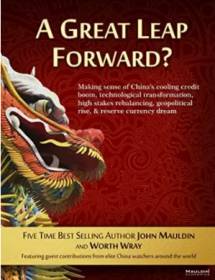 In A Great Leap Forward?, Making Sense of
China’s Cooling Credit Boom (2015) John Mauldin and a collection of
individuals from the private sector with extensive knowledge of the China
economic story, make it painfully clear that what fueled the boom is now
bringing enormous challenges to the leaders and people of China….and thus the
world.
In A Great Leap Forward?, Making Sense of
China’s Cooling Credit Boom (2015) John Mauldin and a collection of
individuals from the private sector with extensive knowledge of the China
economic story, make it painfully clear that what fueled the boom is now
bringing enormous challenges to the leaders and people of China….and thus the
world.
One
statistic that boggles the mind, is that China’s total debt stock tripled
between the years 2000 to 2007, and more than quadrupled between 2007 to 2014
as the private and government sectors added more than $26 trillion in NEW debt.
So if we
compare headlines in 2009 with those in 2016, and follow the simple premise
that Mises left the world over a century ago, we can understand that what we
could have all predicted where this saga would bring us as we came to the end
of the Great Recession in 2008. Quantitative Easing and zero or negative
interest rates could never produce permanent solutions, only a method to create
an even larger boom followed by a larger bust. Eventually the public would
start to catch on, and cash would become king instead of focusing on never
“missing out” on the next “risk on” rally.
WB
Official: China a ‘Bright Spot’ in 2009 World Economy, China Daily, April
21 ‘09
China to buy
more U.S. debt, CNN, March 24, ‘09
China
leads global U.S. debt dump, CNN Money, Feb 17, ‘16
The recent CNN article points out the China sold $18 billion in US
Treasury debt in December alone, and that all central banks alone sold off a
net $225 billion last year, the largest amount in any year since the data
became available in 1978.
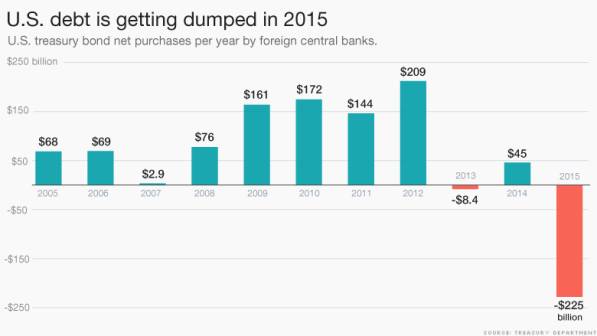
So consider this. As China expanded their debt at skyrocketing speeds
coming out of the 2008 credit collapse, they used this new “money” to then
purchase assets and build up the nation’s reserves. However, for a nation to
quadruple its debt load in 7 years, it is clearly not on a sustainable path. So
as it became time for China to sell US Treasuries as part of its reserves in
order to deal with its own problems at home, we can see that its reserves
started falling and falling sharply.
This is no different from an individual or business that builds up
reserves, and then has to use those reserves to deal with problems that have
arisen.

We can see
that China is not the only nation running through its reserves. Even with the
price of a barrel of oil rallying recently into the upper 30s, this is still a
long way from the profits oil producing nations were seeing during early 2014.
Without that income to build reserves, reserves must be depleted…..and like
China, rapidly.
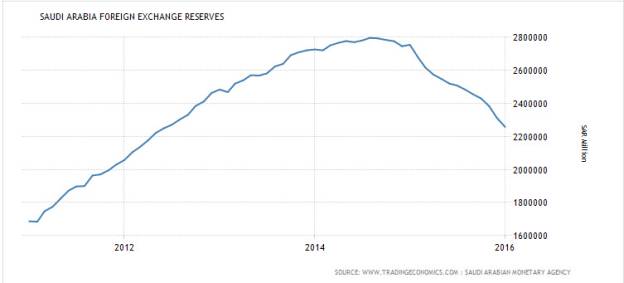
With world
markets and national economies being more dependent on each other than ever
before, it should also be clear that as China, Saudi, and other central banks
sell US Treasuries from their reserves, so also is the US facing a big problem
continuing to run hundreds of billions in deficits annually.
In the near
term, if stocks and junk bonds are sold off, this could provide capital flowing
into US Treasuries, pushing down yields again as a flight from risk on to risk
off takes place again as we go into Q2. However, this, like all central
planning, is not a long term solution. Only a huge reduction in spending by the
governments worldwide, can begin to alleviate the pressure caused by coming to
a point where Keynesian socialist policies have created the illusion among the
public of “free money”, and our financial markets more akin to blackjack and
roulette tables than havens of long term investment capital.
Keeping a Short Term Mindset
As capital
moves between bond markets, foreign reserves, currencies, and the global
economy, we must also monitor the technical picture across global markets to
understand where pressure points could cause short term “assisted” rallies to
stall, and the reality of the bust hit investors hard.
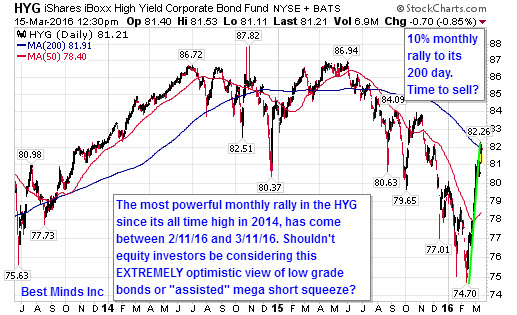
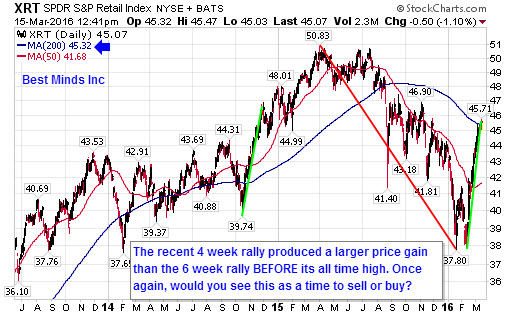
We must also
watch how currencies react to the four most powerful central banks in the
world. On Thursday, March 10th. Draghi announced that the ECB was
expanding its asset purchases starting April 1st, and lowered its
interest rates on deposits at the ECB to negative 0.4%. On Tuesday. Kurado
announced that the Bank of Japan would hold its rates on deposites at negative
0.1%. Both announcements were greeted with a flight into the euro and into the
yen.
We also know
before the Federal Reserve’s latest press release that over $250 billion is
being parked at the Federal Reserve by foreign central banks who are earning
a POSITIVE 0.5% interest rate on their
deposits. With the ECB and BoJ CHARGING interest on the world’s largest
depositors, and the Federal Reserve PAYING them interest, is there any doubt
that central planners can see they have created a royal mess.
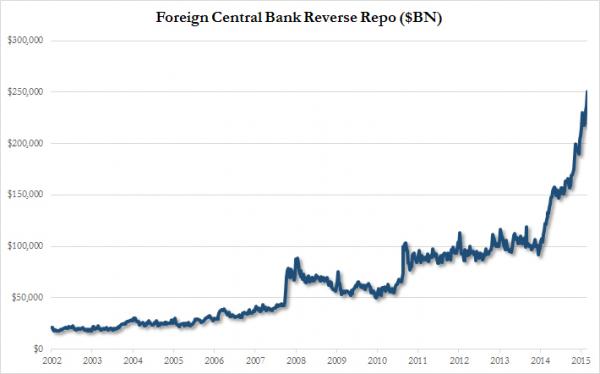
As
Foreign Central Banks Quietly Park $250 Billion in Cash At the Fed, A Mystery
Emerges, Zero Hedge, Feb 22 ‘16
Does this distorted
global picture really produce an image of stability? Does it not seem to
suggest that money will leave dollar backed assets and flow back into the
nations of the world that have their own Keynesian socialists experiements to
deal with at home?
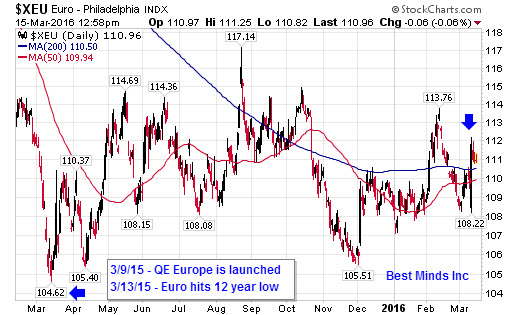
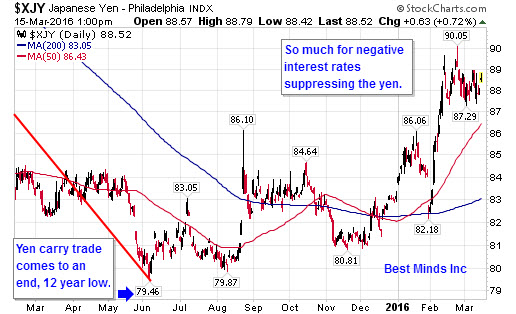
At this
stage in this global bust, denying gravity and history is very foolish.
“Four blind
mice. Four blind mice. See how they scheme. See how they plan. They all seek
rallies to give men life, To keep stocks from falling, creating strife, Did you
ever see such a sight in your life, as four blind mice.”
Be a Contrarian, Remember Your History
If you are reading this article,
you are already aware of the trillions that have been lost in the last 10
months. It is very clear to anyone paying attention to “the game”, that the number of critical
pressure points continues to rise.
Click here to start the next six months reading the paid research found in The Investor’s Mind newsletters and ongoing brief market emails as we continue through this highly volatile year.
On a Personal Note
Check
out the posts at my personal blog, Living2024.
The latest post is A Global Currency:
Peace or Pain.
Doug
Wakefield
President
Best Minds Inc. a Registered Investment
Advisor
1104 Indian Ridge
Denton, Texas 76205
Phone - (940) 591 - 3000
Best
Minds, Inc is a registered investment advisor that looks to the best minds in
the world of finance and economics to seek a direction for our clients. To be a
true advocate to our clients, we have found it necessary to go well beyond the
norms in financial planning today. We are avid readers. In our study of the
markets, we research general history, financial and economic history,
fundamental and technical analysis, and mass and individual psychology.